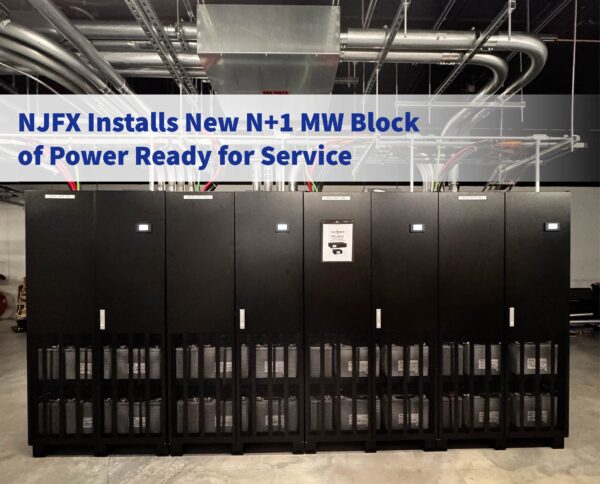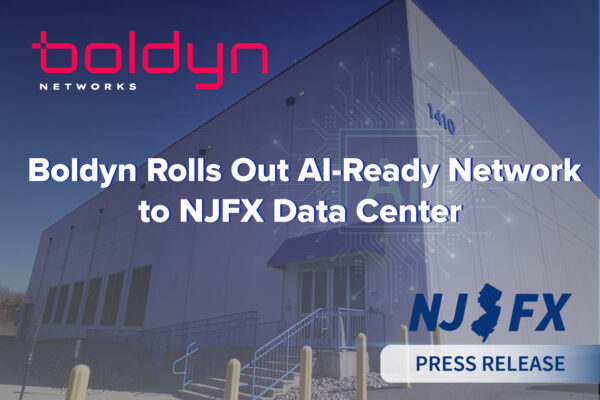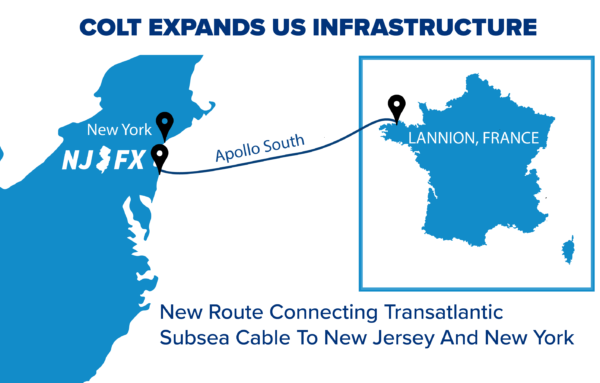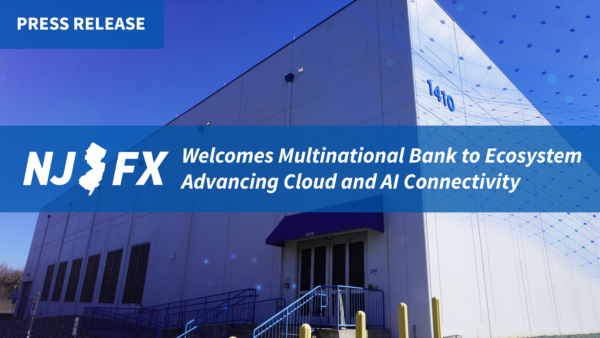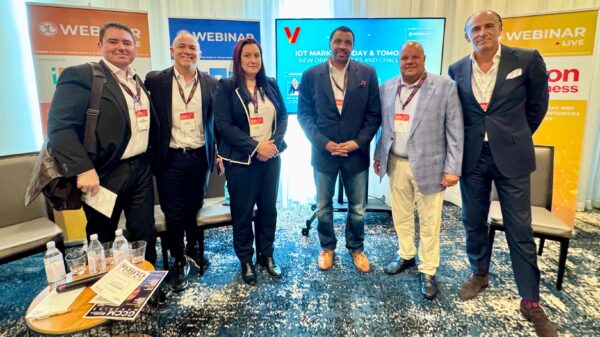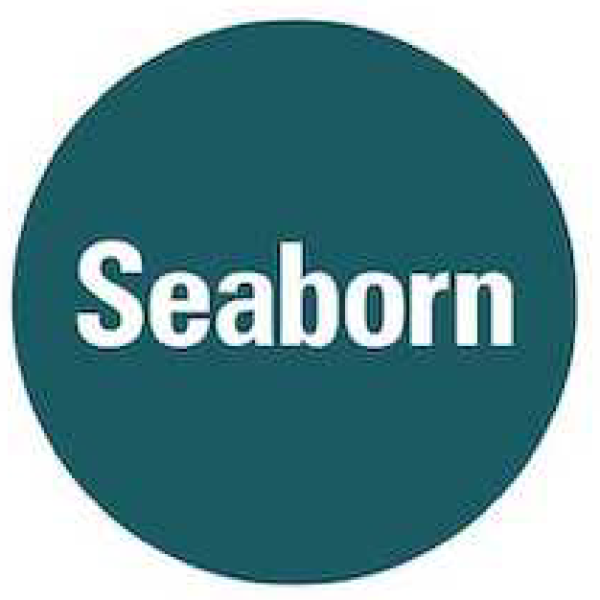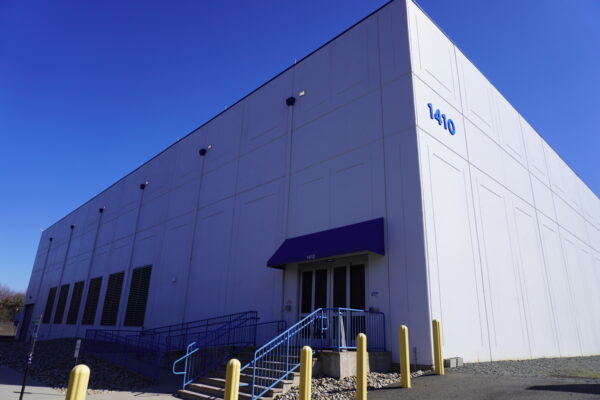NJFX offers a unique opportunity, as its campus sits atop the landing points of subsea cables from around the globe. The direct connectivity to Tier 1 Internet Service Providers (ISPs) and fiber providers over these international cable systems redefines proximity, allowing customers to avoid traditional backhaul solutions through the ability to design high-capacity, low latency networks directly to and from the cable head. By facilitating direct interconnection options at the cable-end and eliminating the need for backhaul, NJFX puts control back in the hands of the carrier-neutral operators, carriers, enterprises, federal and state government entities and service providers it serves.
“NJFX is doing something that no company has ever done before,” states Gil Santaliz, Founder and Chief Executive Officer of NJFX. “The unique location of our campus enables unprecedented access to a number of the most sought after subsea and terrestrial assets transporting traffic nationally, as well as internationally. NJFX ensures our customers receive the flexible, reliable and secure connectivity they require to support their growing business needs.”
“Our mission is to develop one of the most robust and diverse ecosystems in the market within the NJFX facility,” adds Doug Corbett, Vice President of Sales and Customer Relations. “The facility’s location and proximity to key subsea cable systems, with divers access to Europe and South America as well as highly sought after terrestrial routes fosters domestic and international strategic partnerships for interconnection.”
NJFX’s new data center features the latest in mission critical infrastructure design and has the capacity for over 1,000 cabinets for carrier neutral colocation and greater capacity to address customers’ high-density power needs up to 20kW/cabinet. With an annual design PUE of 1.35 and a state-of-the-art rooftop cooling system, the facility offers environmentally friendly solutions. NJFX provides all customers with access to its carrier-neutral MMR and Tata Communications’ CLS, enabling connectivity to more than 240 countries and territories, as well as 99.7% of the world’s GDP. Current customers receive 24×7 access to the NJFX customer portal where they are able to access information about NJFX’s services and submit tickets, which are addressed by NJFX dedicated support staff.
For more information about NJFX and its carrier-neutral “Tier 3 by the Subsea” data center, visit www.NJFX.net.
To schedule a tour of the facility, please click here or contact Doug Corbett, Vice President of Sales, at [email protected].


